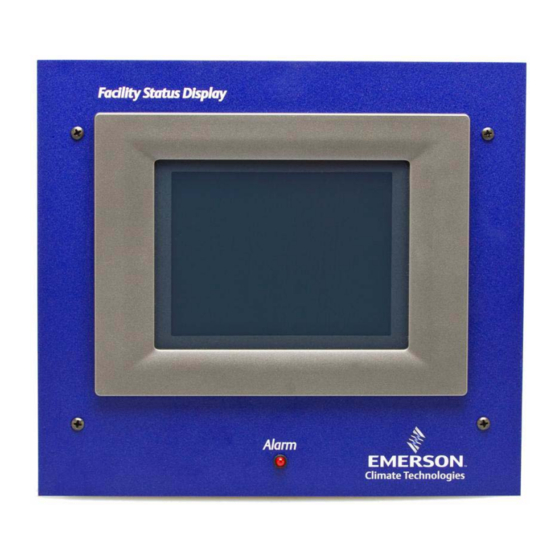forces lower suction pressures to maintain fixture temperatures and hence higher
compressor energy consumption.
Also, since mechanical TXVs require a substantial pressure drop across them
(from 60 to 100 psig typically) to function properly, floating refrigeration condensing
pressure to take advantage of cooler outdoor conditions may not be possible, as
available TXV liquid pressure differential declines with dropping condensing pressures.
The E2 family of controllers includes case (refrigerated display fixture) controllers (CC-
100, EC-2, EC-3) that utilize an electronic expansion valve (EEV) in place of the
mechanical TXV and control the superheat at the exit of evaporator coils accurately
under all system conditions and fixture loads. Unlike mechanical TXVs, where the
operation of the TXV is dependent on suction and liquid pressures as well as springs and
capillary tubes for valve operation, the EEV requires little more than the sophisticated
software algorithms within the valve controller to provide precise evaporator outlet
superheat control under all conditions.
OPTIMUM DEFROST CONTROL
A conventional refrigeration control system defrosts the evaporator coil at a fixed
time each day for a fixed duration.
defrosted three times a day for 40 minutes. However, on a low humidity days (typically in
winter), the evaporator coils do not accumulate as much frost and hence the coils do not
require the same defrost duration as during high humidity days. E2 controllers
incorporate a defrost algorithm that is designed to overcome this limitation.
algorithm accepts an additional defrost termination input parameter, either fixture
evaporator coil or discharge air temperature, with which to terminate defrost, based on a
temperature termination setpoint value. In this fashion the E2 automatically adjusts the
duration of defrost based on the amount of frost in the coil. The defrost time required on
the low humidity days can be less than half of that required in high humidity days. This
saves not only the electrical energy expended on electric or gas defrost but also the
extra defrost heat load the refrigeration system has to remove from the display case after
defrost.
ANTI-CONDENSATE HEATER CONTROL
Moisture in the air inside a supermarket will condense on the cold surface of
frozen food reachin case glass doors unless heat is applied to the doors. Because of
this, almost all reachin case glass doors have heaters on and around the glass door
running 100% of the time to keep the glass temperature well above the dew point
temperature. However, the humidity of the store is not same throughout the day, week,
month and year. During periods of low inside humidity, less heat is required to keep the
doors clear from condensation than at high humidity conditions. E2 controllers are
equipped with a control algorithm that permits heater power to be cycled from 0% to
100% depending on the store dew point. For example, if dew point in a supermarket
ranges from 30-60 degF, then the algorithm can be programmed to cycle heaters on
from 20% and 100% on time, rather than on 100% of the time.
Figure 4 below shows the outside dew point temperature for Atlanta, Georgia. As
can be seen, the dew point temperature varies throughout the year.
control keeps the anti-condensate heater 100% on all the time, whereas, control via the
E2 controller can cycle the heater depending on the dew-point temperatures in the store.
For example, a lineup of meat cases may be
The
Conventional
Page 11 of 15

